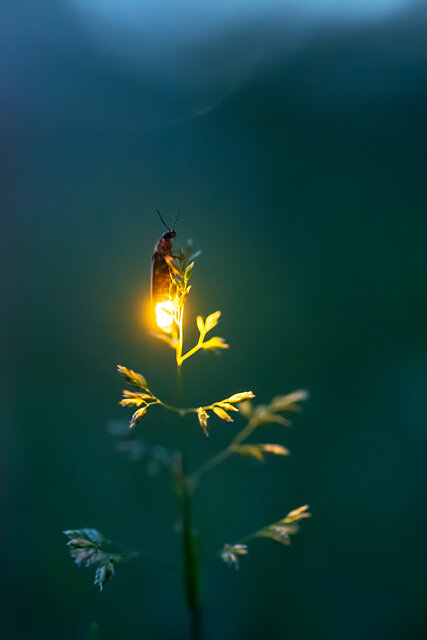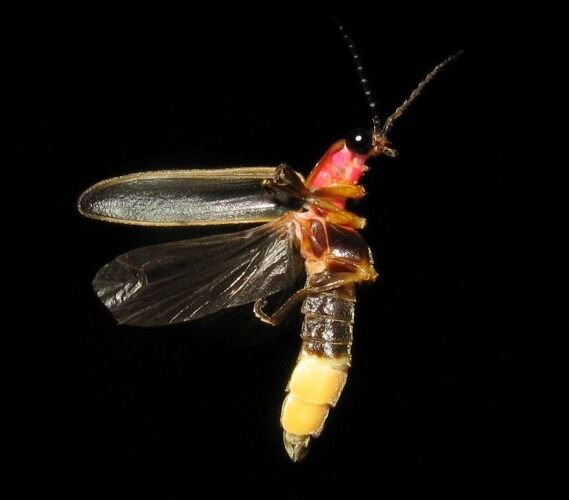
With the Halloween season coming to an end, your kids certainly had their fill of grisly ghouls, but it’s never too late to teach them about some of the spookier parts of nature. Last month, your family saw all kinds of monsters, and some of them were no doubt glowing in the dark. How much do they know about the science behind that ghastly glow? With the memory of radiating skeletons still fresh in their minds, take the time to teach your kids about luminescence, and specifically the luminescence of organisms, bioluminescence.

Every day, our bodies perform countless chemical reactions. They help us digest food, move around, and even read sentences like these! Similarly, other organisms use their own chemical reactions to help them survive, and in some cases, these reactions produce light. A common example is the firefly, but there are plenty of other creatures that use chemical reactions to create bioluminescence and thrive in their environment.
What’s the point of bioluminescence? Why do only some organisms use it? Well, there’s more than one answer here, mainly because bioluminescence serves a few purposes and works best in certain environments. Some organisms use bioluminescence to attract mates. Others use it to attract prey or hide from predators. In some cases, bioluminescence is the perfect adaptation to places where sight is limited, such as the dark trenches of the ocean. Indeed, perhaps the most fascinating feature of bioluminescence is its diversity: from the chemical reactions to the colors produced, bioluminescence is a unique world in which every organism contributes its own process and functionality.
As you continue sorting through your candy, take a moment to teach your family about the science behind a few of the monsters they met along the way. See what questions come up for further exploration. From the ominous glow of the angler fish to the “milky seas” of marine bacteria, there’s plenty to explore in the world of bioluminescence (and some of it, quite frankly, can be a lot scarier than a Halloween costume).
Here are a few resources you can use for more information:

Your students’ first BioBox is not just a starter kit, it is an introduction to the biological world.
Microscope Box
The Microscopic World
Get your own microscope and learn to use it